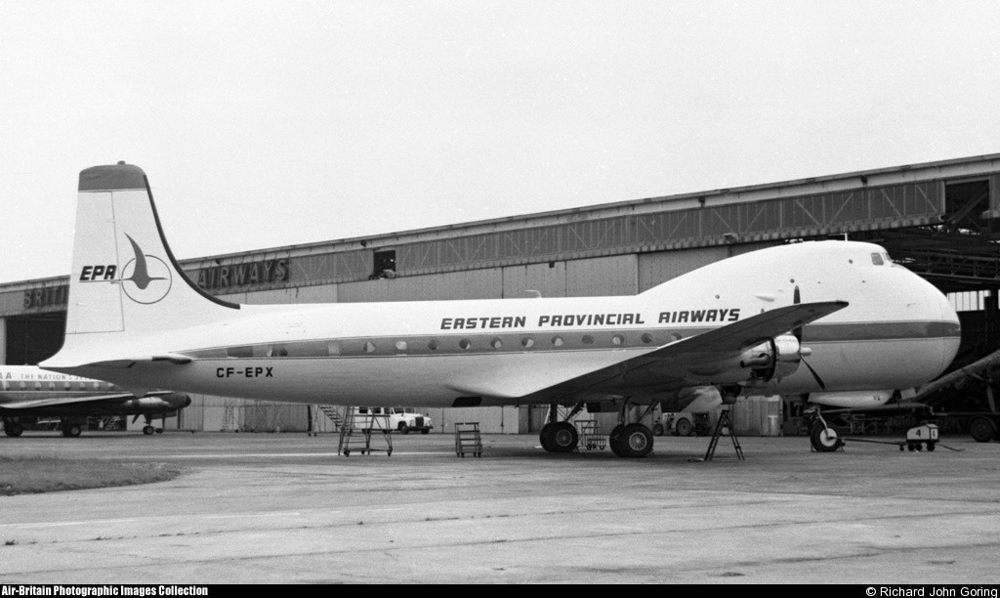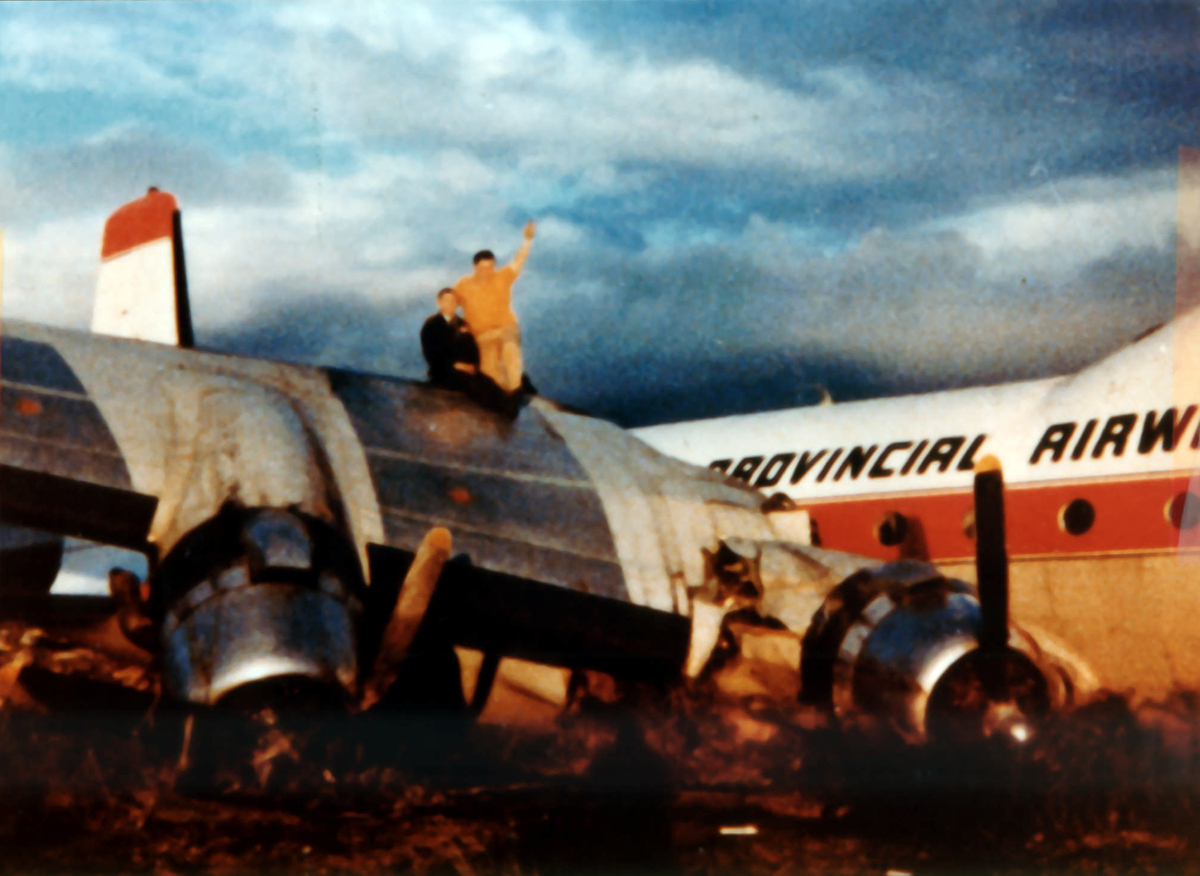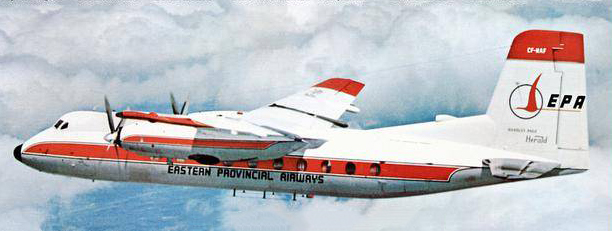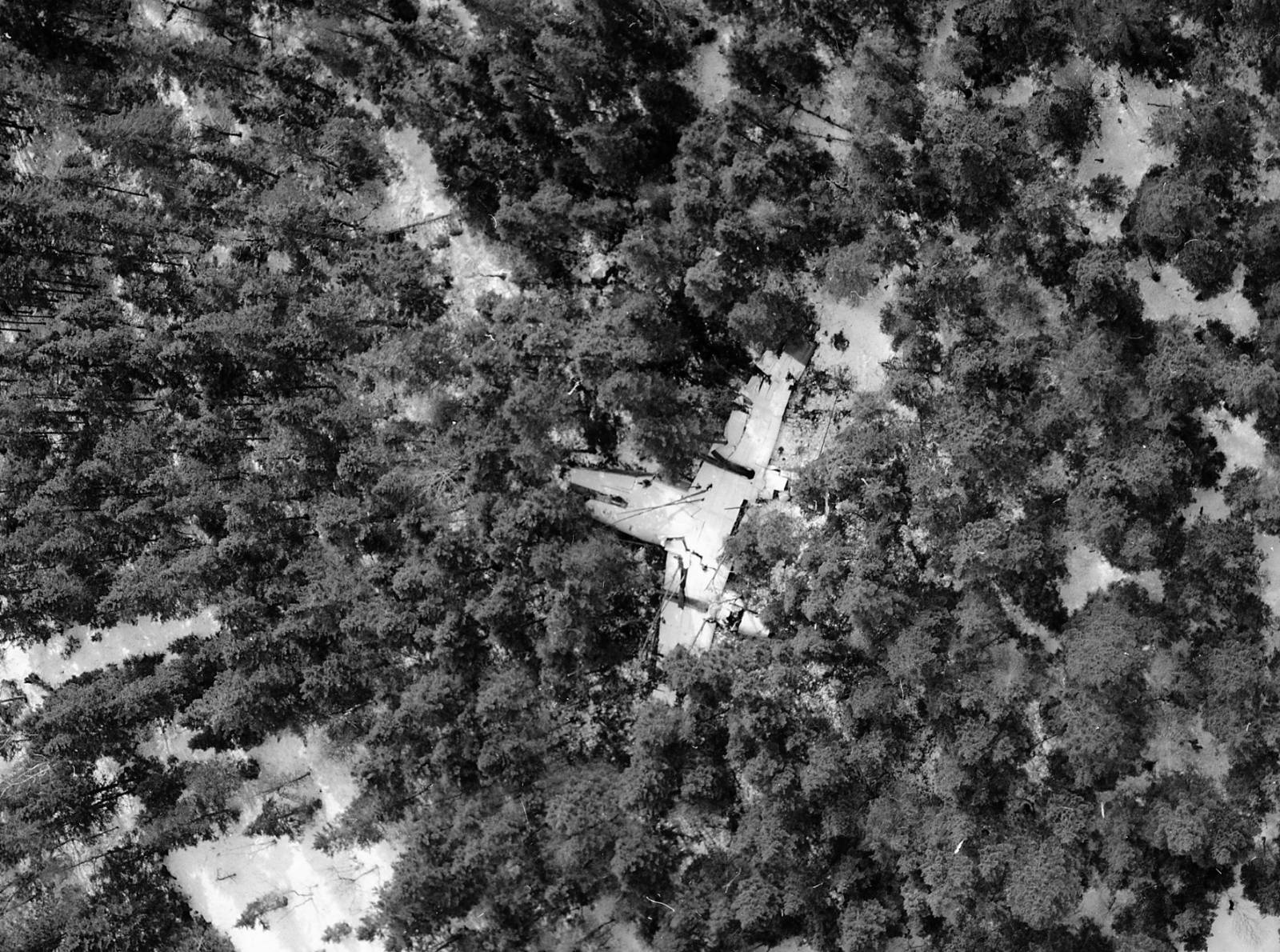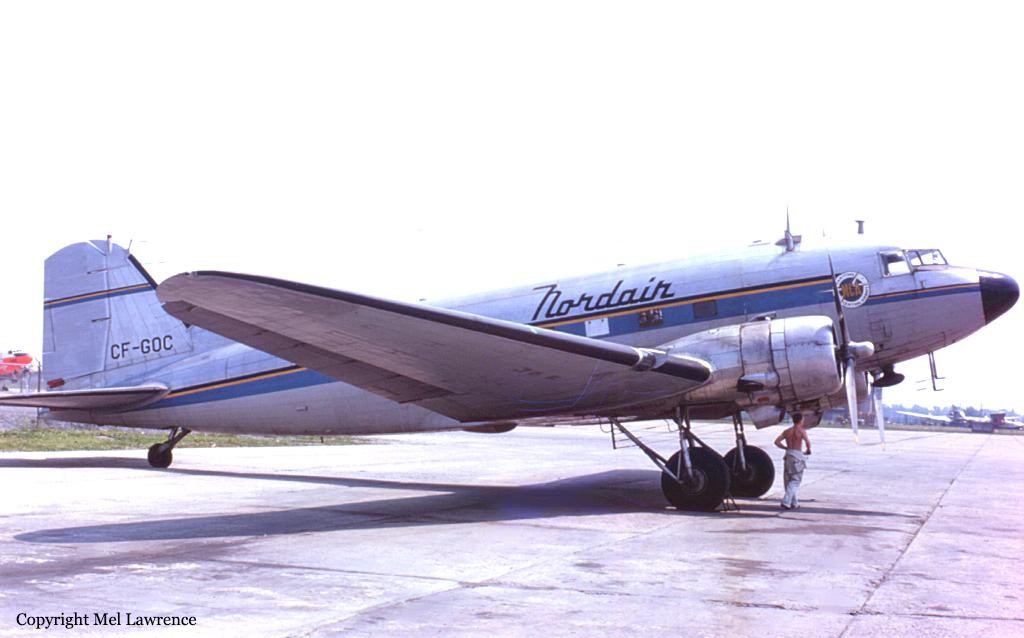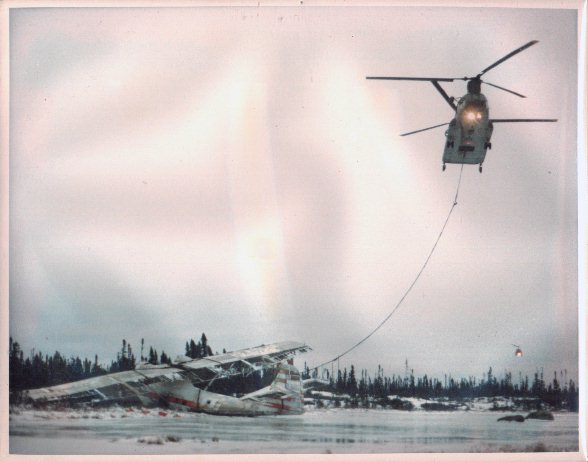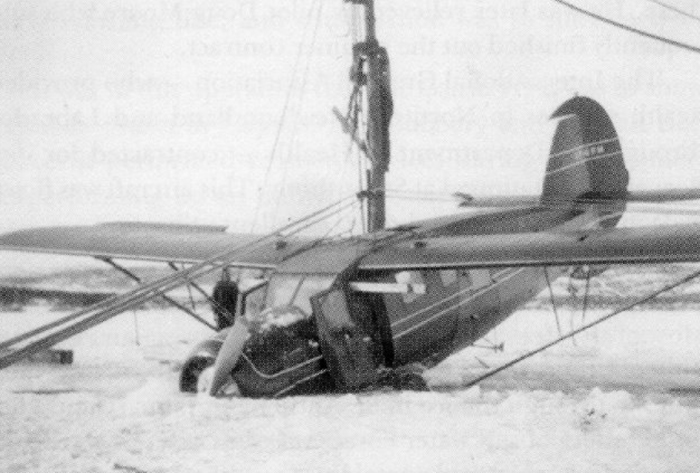Ground accident of an Avro 748-2A-239 in Sydney
Date & Time:
Dec 29, 1981
Registration:
C-GEPH
Survivors:
Yes
MSN:
1635
YOM:
1967
Crew on board:
3
Crew fatalities:
Pax on board:
15
Pax fatalities:
Other fatalities:
Total fatalities:
0
Circumstances:
Following a normal landing at Sydney Airport, the crew completed the braking procedure then vacated the runway and was taxiing to the apron when control was lost. The airplane collided with the main terminal building and came to rest. All 18 occupants escaped uninjured while the aircraft was damaged beyond repair.
Probable cause:
Loss of control during taxiing after both braking systems and nosewheel steering system failed simultaneously for unknown reasons.


